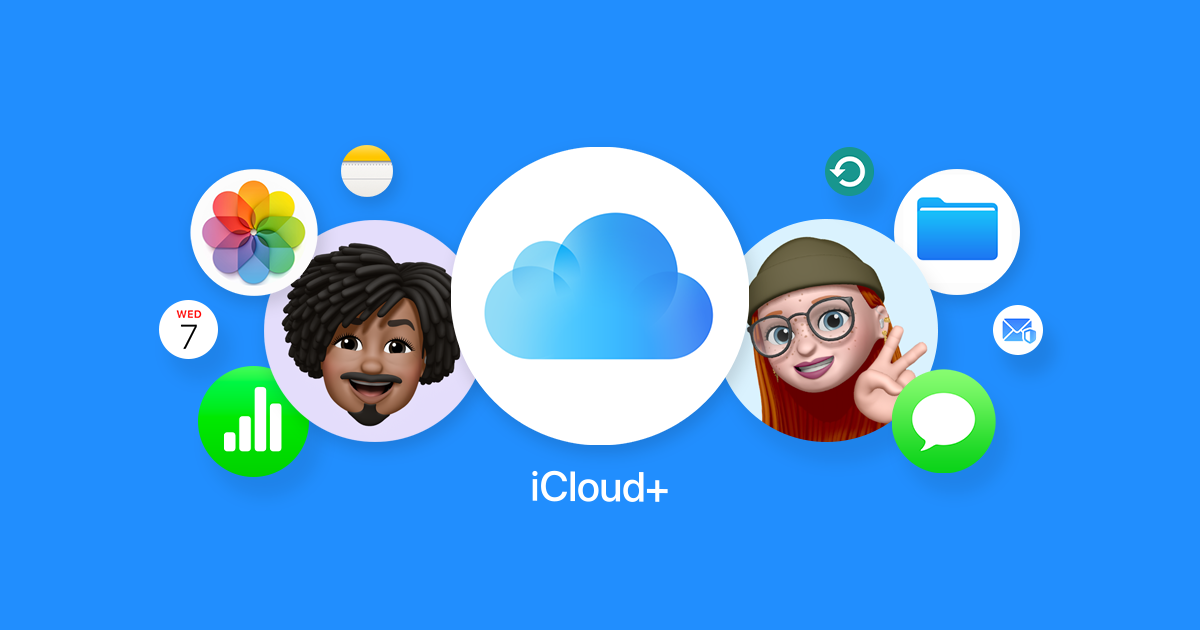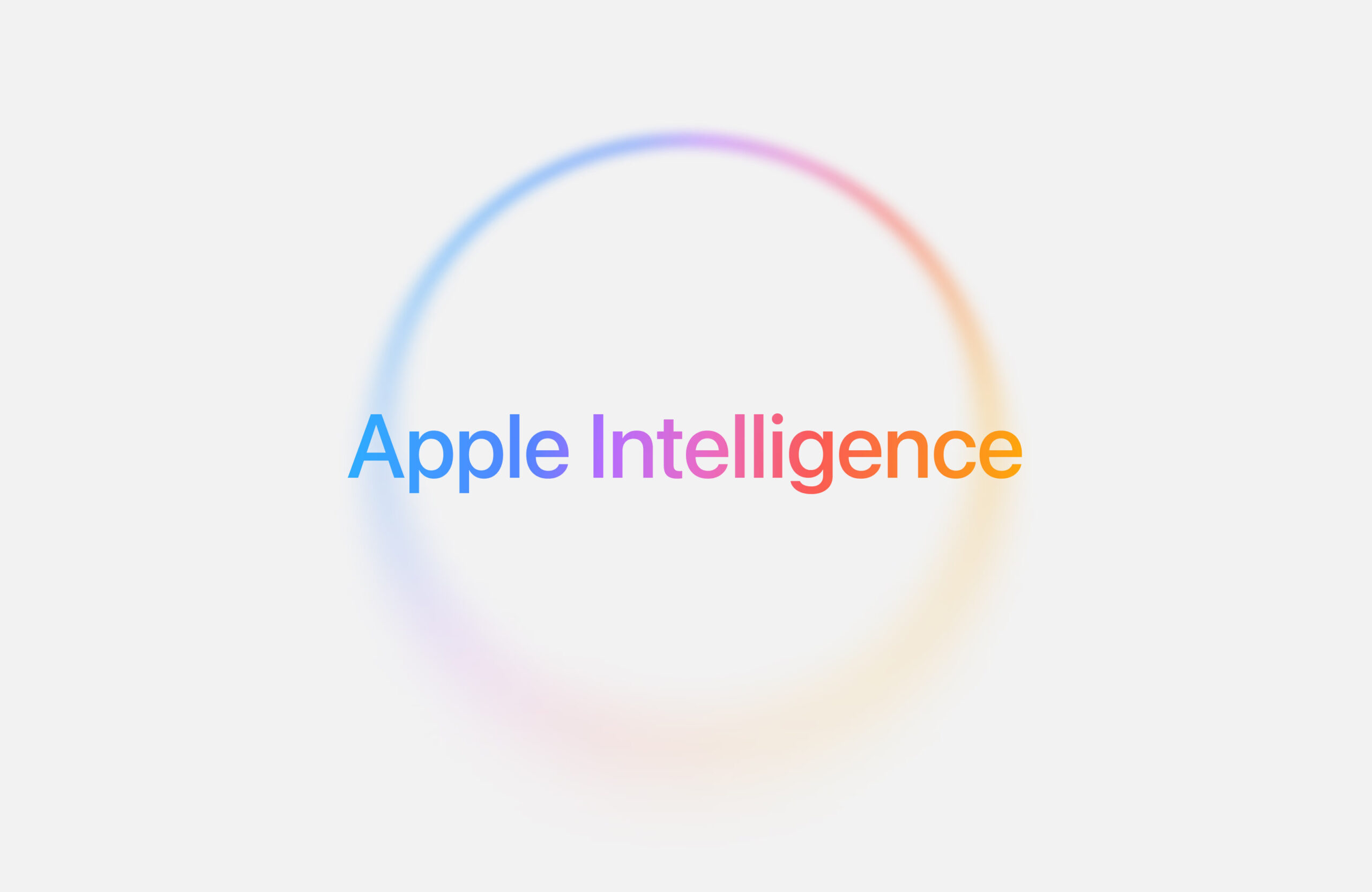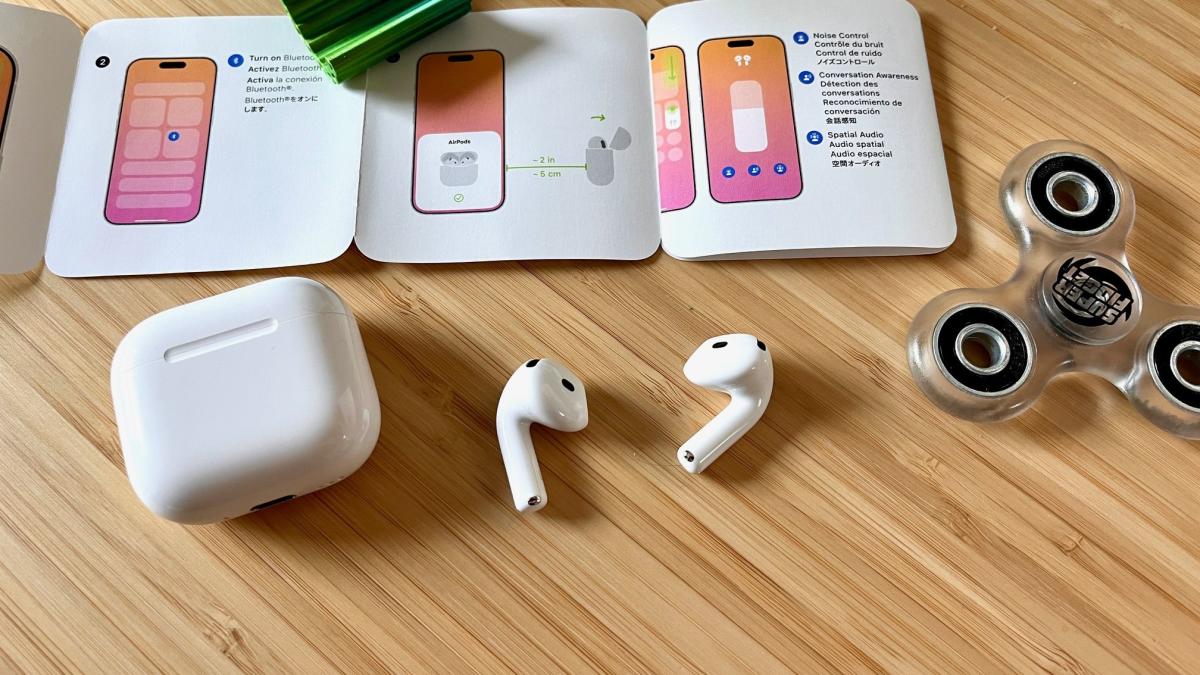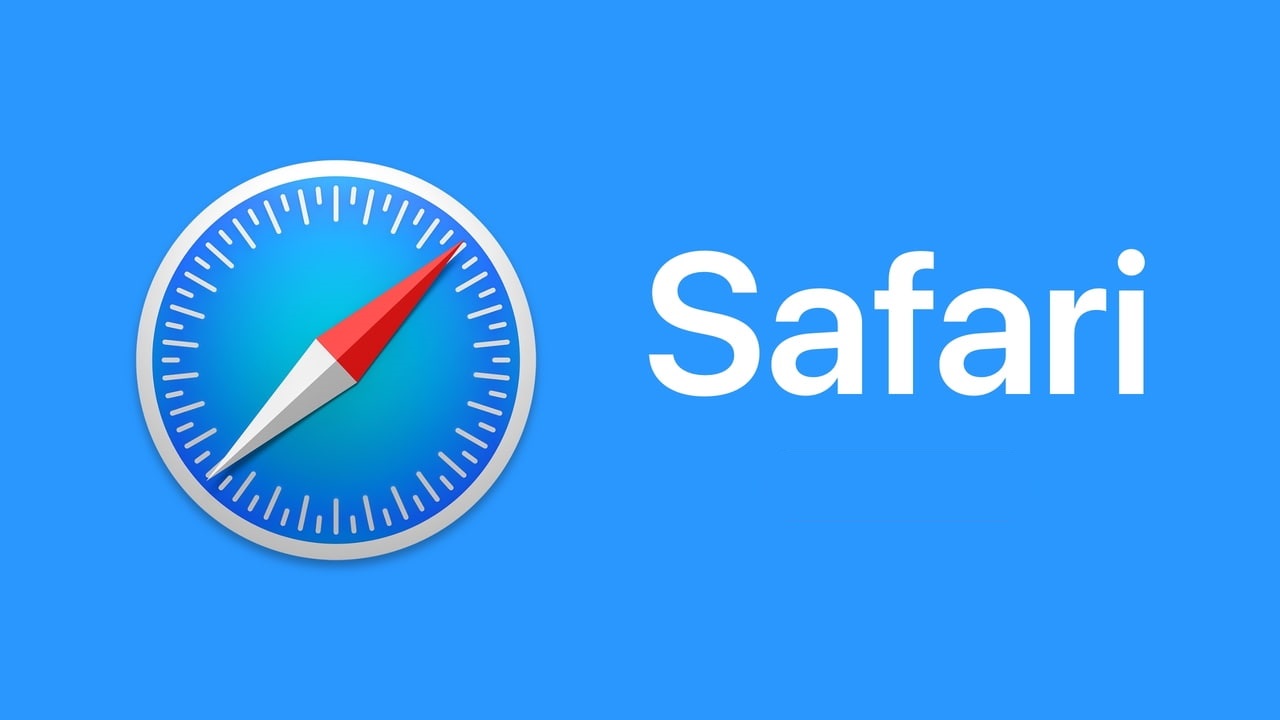Apple is gearing up to roll out macOS 15.4 next month, bringing some cool new features to your Mac. First up, the Passwords app is getting a handy upgrade. You’ll see a timer for verification codes right in the menu bar, making it easier to know when they expire.
Another neat addition is Quick Start, a feature iPhone and iPad users already love. It lets you set up a new Mac quickly by scanning a code with your phone to transfer settings. The Mail app is also getting a fresh look with better inbox sorting, and Apple Intelligence will soon support more languages beyond English.
These updates promise to make your Mac experience smoother and smarter. Meanwhile, Apple’s new Passwords app is stirring up some buzz. Is it good enough to ditch your current password manager? It’s simple to use, with sections for passwords, Wi-Fi logins, and security alerts, all synced across your Apple devices.
You can even access it on Windows through iCloud. But it’s not perfect—there’s no support for Android or web browsers, and it lacks extras like secure notes or two-factor authentication that apps like 1Password offer. It’s a solid start, especially for beginners, but if you’re used to more advanced tools, it might not fully replace them yet.
These changes show Apple’s focus on making things easier and safer for users. The macOS 15.4 update, paired with the Passwords app, could be a game-changer for everyday tasks. Whether you’re setting up a new Mac or managing logins, these tools aim to save time and boost security. Still, if you rely on a mix of devices or need more features, you might stick with your trusty password manager for now. Either way, Apple’s latest moves are worth checking out when they land next month!





